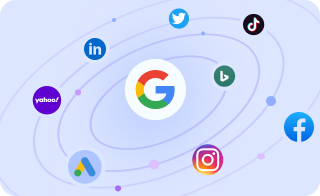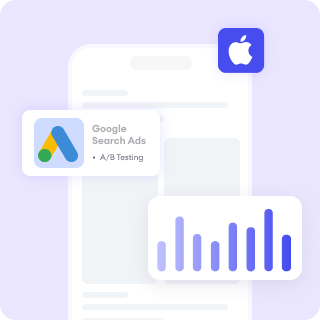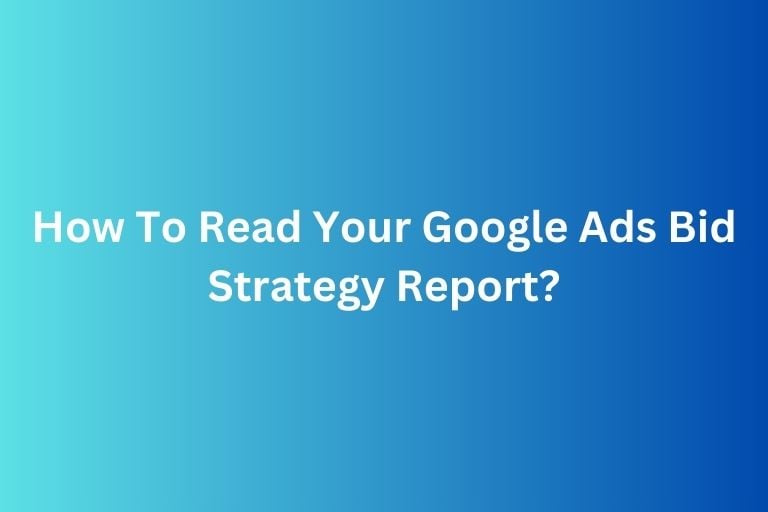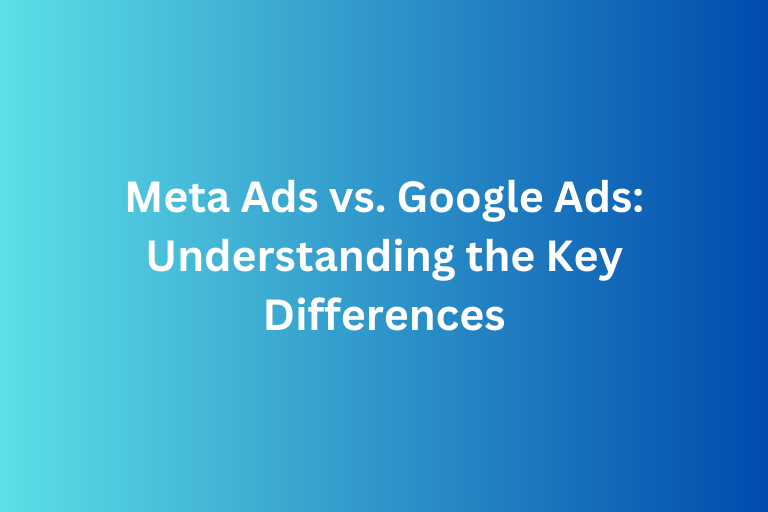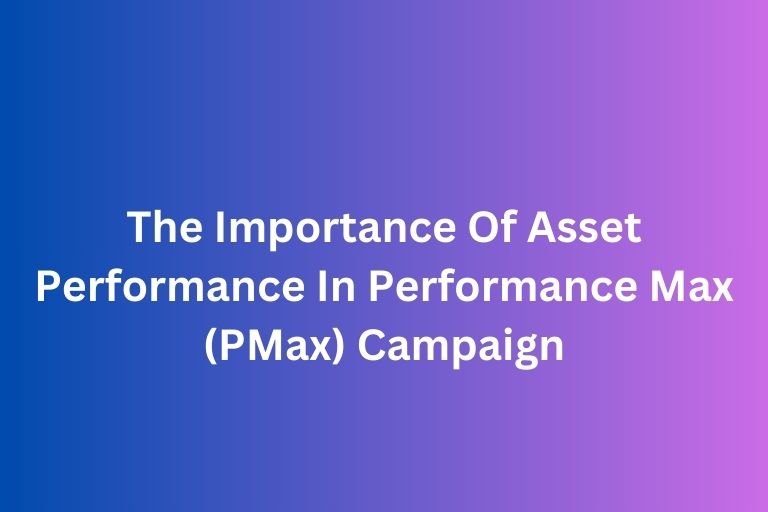What Is Performance Max Campaign (PMax) and How To Optimize For It
Powered by Google’s cutting-edge AI, Performance Max (PMax) campaigns represent the future of digital advertising. This innovative campaign type leverages automation and machine learning to deliver your ads to the right audience at the right time, across all of Google’s platforms. If you’ve been curious about what PMax can do for your marketing strategy and how to optimize for it, you’re in the right place.
Let's get started!
What is Performance Max Campaign (PMax)?
Performance Max is Google’s latest campaign type designed to help advertisers achieve their marketing goals across all of Google’s inventory from a single campaign. This includes:
- Search
- Display
- YouTube
- Discover
- Gmail
- Maps
Unlike traditional campaign types, PMax uses Google’s AI to optimize your ads in real-time, delivering them to the right audience at the right moment across the most relevant channels. Simply put, PMax is a one-stop-shop for comprehensive digital advertising.
Learn more: How To Know Your Target Audience For Paid Advertising
How Does Performance Max Campaign (PMax) Work?
PMax campaigns rely on automation and machine learning to:
- Identify high-intent users.
- Serve the most effective ad creative.
- Allocate your budget dynamically across channels to maximize performance.
With input from you such as business goals, creative assets, audience signals, and budget—Google’s algorithms do the heavy lifting to deliver results.
Why Use Performance Max Campaign (PMax)?
- Reach More Customers
- Set goals like more sales or leads, and let PMax find customers for you.
- Show your ads across all Google platforms: Search, YouTube, Gmail, Maps, and more.
- Google’s AI uses real-time data and audience signals to uncover new customer groups you might not have expected.
- Get Better Results
- Google’s smart technology pinpoints the most effective touchpoints to drive conversions.
- It predicts which ads, audiences, and creative combinations work best for your business.
- Learn from Insights
- See detailed reports on which images, videos, or text are driving results.
- Discover trends like rising search terms to fine-tune your campaigns and grow your strategy.
Optimizing Your Performance Max Campaign (PMax)
While Google’s automation does much of the work, thoughtful input and ongoing optimization are key to achieving stellar results.
Here are some actionable tips:
1. Set Clear Goals
Start by defining what success looks like for your business. Is it more leads, sales, or store visits? Set conversion goals in Google Ads to ensure the algorithm knows what to prioritize.
2. Provide High-Quality Assets
PMax campaigns thrive on the creative assets you supply. These include:
- Headlines
- Descriptions
- Images
- Videos (a must-have for better performance)
The more diverse and compelling your assets, the better the AI can match your ads to your audience.
3. Use Audience Signals
Although PMax relies heavily on automation, you can guide it by providing audience signals. These signals include:
- Customer match lists (e.g., email addresses from your CRM).
- Website visitors.
- Demographics and interests.
Audience signals help jumpstart the campaign, ensuring it’s optimized faster.
4. Monitor and Refine Your Data Feeds
For eCommerce businesses, integrating a high-quality product feed is crucial. Make sure your:
- Titles are descriptive.
- Images are clear and professional.
- Prices and availability are up to date.
5. Leverage Insights
Google provides detailed reporting for PMax campaigns. Regularly review metrics such as:
- Conversion rates.
- Asset performance.
- Audience engagement.
Use these insights to refine your campaigns and replace underperforming assets.
Learn more: How to Improve Your Conversion Rate (CVR) Ethically
6. Test and Iterate
PMax isn’t a set-it-and-forget-it solution. Experiment with different creatives, audience signals, and campaign settings to find what works best for your business.
Common Pitfalls To Avoid
- Neglecting Creative Diversity: Poor-quality or limited assets can hinder your campaign’s performance.
- Ignoring Data Feed Quality: For retailers, a messy product feed means missed opportunities.
- Failing to Monitor Performance: Relying solely on automation without reviewing insights can lead to suboptimal results.
Final Thoughts
Performance Max campaigns represent a significant leap forward in digital advertising, blending the power of automation with the reach of Google’s vast ecosystem. By setting clear goals, supplying high-quality assets, and staying engaged with campaign performance, you can unlock the full potential of PMax and drive meaningful results for your business.
Improve your app and website performance with FoxAdvert!
If you are looking forward to improving your app performance, our professional team of paid advertising experts at FoxAdvert can help you. Contact us today to start your journey 😊


